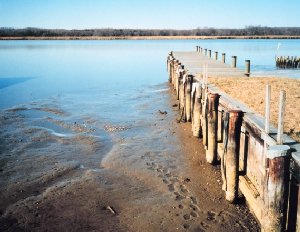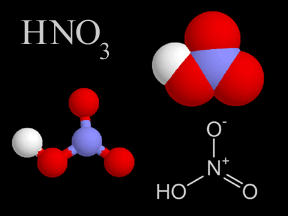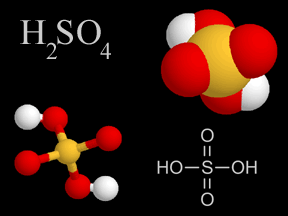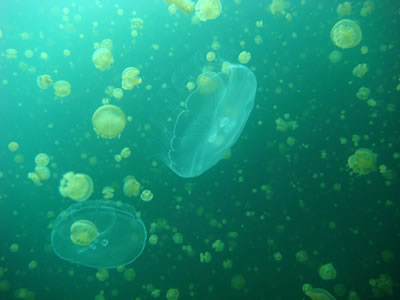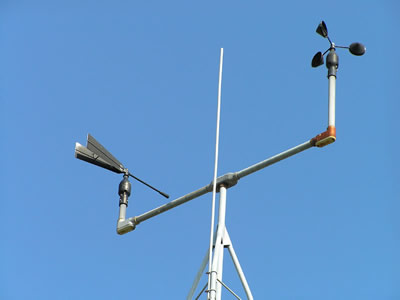Haz "click" en la imagen para una vista completa
Cortesía de NOAA.
Air Pollution and Water
Have you heard about rivers, lakes, or streams becoming polluted? Sometimes the pollution comes from trash, oil spills, sewage, fertilizers, or chemicals. However, sometimes the source of water pollution is in the air.
Air pollution can make its way into rivers, lakes, or streams. Several different types of air pollutants are able to waterways. Some fall from the sky as dry particles. Other air pollutants are carried to the ground in raindrops, snowflakes, or fog. Some of these pollutants are listed below. They not only harm water, but also the plant and animal life that depend on water to survive.
Nitrogen compounds
Nitrogen is a nutrient that plants need to grow. However, there can be too much of a good thing. Too much nitrogen in a body of water can cause algae to grow very quickly, clogging the waterways, and upsetting the balance of the ecosystem. This is called an algal bloom or “Red Tide.” Algal blooms happen more often now than they did hundreds of years ago. Some algal blooms are toxic. When animals eat the algae they also eat the toxins. Nitrogen compounds in air pollution are partly the cause of algal blooms, and can also contribute to water bodies becoming more acidic.
Sulfur Dioxide and Nitrogen Oxides
When fossil fuels are burned, sulfur dioxide and nitrogen oxides are released into the atmosphere. Both of these air pollutants dissolve in water vapor to form acid. The acidic water vapor condenses into clouds and falls eventually as precipitation such as rain or snow. This is known as “acid rain”. It falls to Earth and eventually enters bodies of water making them more acidic. That is a tough environment for some fish and animals, such as frogs, to survive and reproduce within. Acidic waters prevent fish eggs from hatching. In fact, some very acid lakes have no fish at all.
Some types of rocks neutralize acidic water. The acidic water dissolves rocks such as limestone. The limestone is then in the water, and makes the water less acidic. Bodies of water in areas such as the Northeastern United States and Eastern Canada are in more danger because rock is primarily granite, which does not neutralize acid rain.
Mercury
Mercury occurs naturally in the environment but it is also released into the atmosphere by people, mainly from burning waste, and especially from burning fossil fuels such as coal. Mercury can dissolve in water, where bacteria in the water transform it into poisonous methyl mercury. Fish and shellfish absorb methyl mercury into their bodies. When other animals, such as birds or people, eat the fish, the methyl mercury gets into their bodies as well. The United States and other countries test to ensure that the fish sold in stores are safe to eat.
How can people reduce air pollution’s effect on water? Reducing our use of fossil fuels can make the biggest impact. Turn off lights. Walk, ride a bike, or use public transportation. Every little bit done by each person can add up to a noticeable improvement in air pollution.


